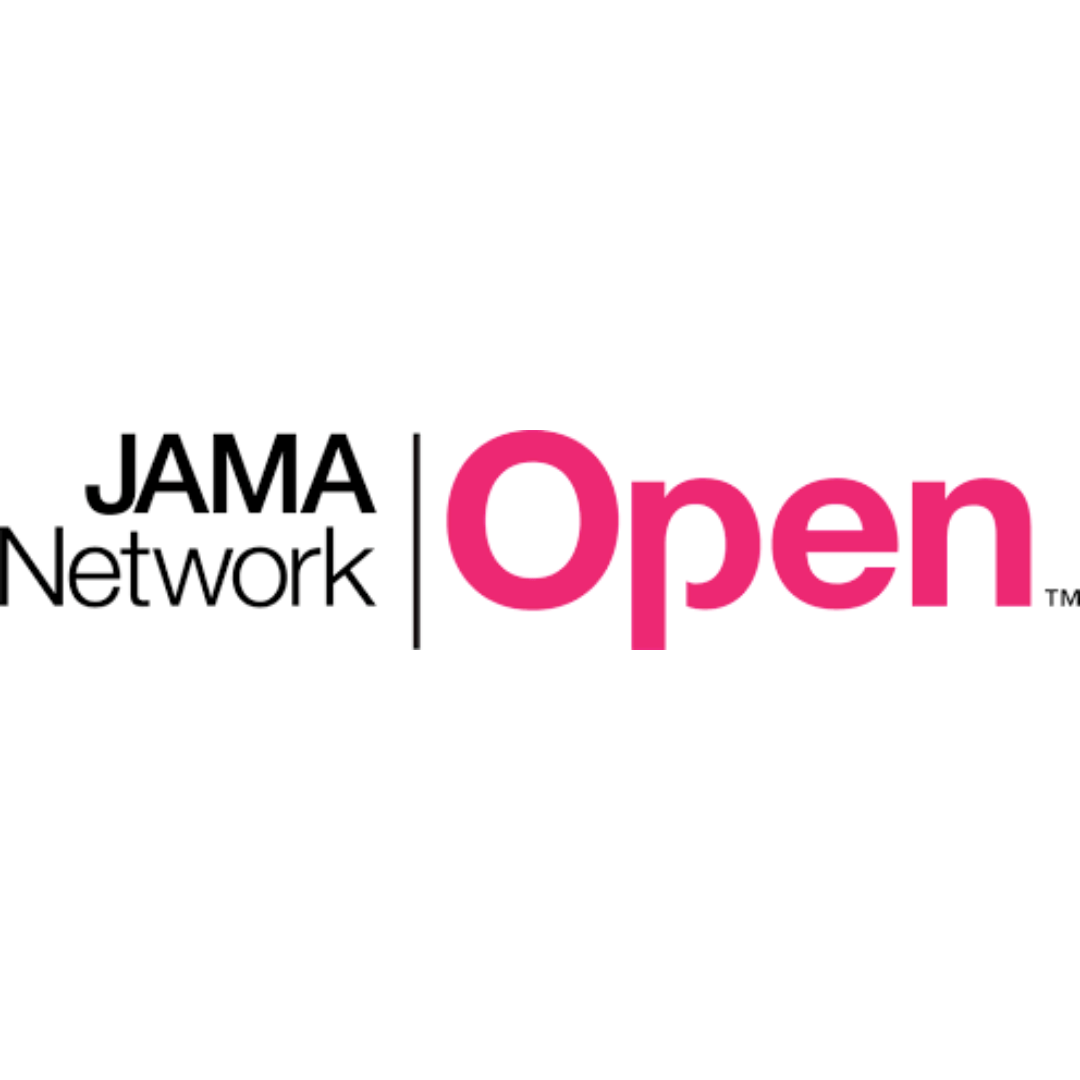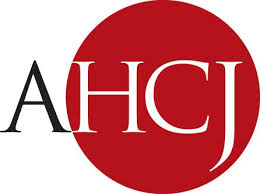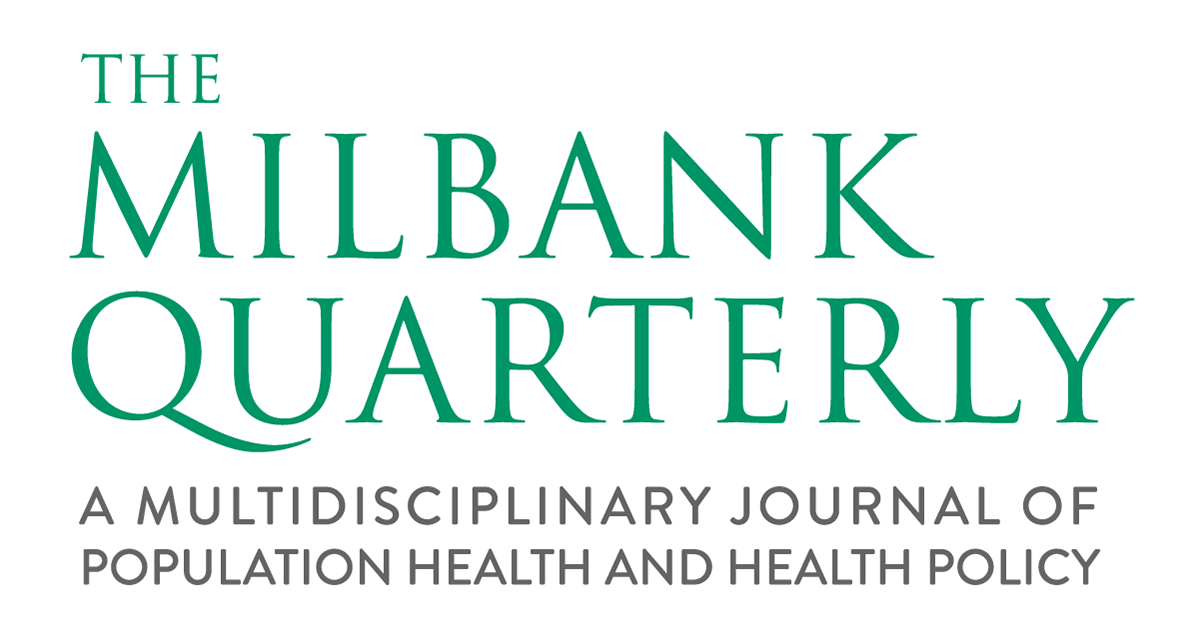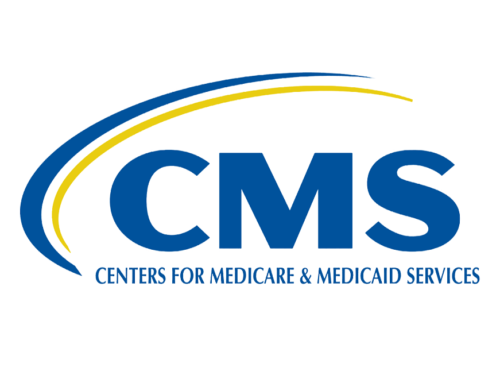CENTER UPDATE | OCTOBER 2024
In this Issue:
- 2025 V-BID Summit Save-the-Date
- Higher Telehealth Use Does Not Lead to More Low-Value Care
- Standardized Patient Communication and Low-Value Spinal Imaging
- Spending on Low-Value Care Increased in Virginia During the Pandemic
- IRA Cuts Drug Costs and Spreads Out Payments
- IRA Expected to Reduce and Stabilize Out-of-Pocket Costs
- Global Cancer Disparities to Grow by 2050
- Mapping Healthcare’s Hidden Financial Burdens
- Medicaid Offers More Protection from Childbirth & Postpartum Costs


Higher Telehealth Use Does Not Lead to More Low-Value Care
A recent JAMA Network Open study found no increase in unnecessary tests and scans at primary care practices that utilized telehealth more frequently than those with low telehealth use. The research examined eight types of low-value care and showed that high telehealth use did not lead to increased low-value procedures. In some cases, such as cervical cancer screenings for women over 65, high telehealth practices saw a faster reduction in low-value care.

Standardized Patient Communication and Low-Value Spinal Imaging
A recent JAMA Network Open study found no increase in unnecessary tests and scans at primary care practices that utilized telehealth more frequently than those with low telehealth use. The research examined eight types of low-value care and showed that high telehealth use did not lead to increased low-value procedures. In some cases, such as cervical cancer screenings for women over 65, high telehealth practices saw a faster reduction in low-value care.

Spending on Low-Value Care Increased in Virginia During the COVID-19 Pandemic
A recent JAMA Network Open study found no increase in unnecessary tests and scans at primary care practices that utilized telehealth more frequently than those with low telehealth use. The research examined eight types of low-value care and showed that high telehealth use did not lead to increased low-value procedures. In some cases, such as cervical cancer screenings for women over 65, high telehealth practices saw a faster reduction in low-value care.


Inflation Reduction Act Cuts Drug Costs and Spreads Out Payments for Medicare Members
Starting January 1, 2025, Medicare Part D plans will feature a $2,000 annual limit on out-of-pocket costs for prescription drugs, reducing the cap from $3,500 this year, and a new installment plan option will allow enrollees to spread payments throughout the year. These provisions, part of the Inflation Reduction Act (IRA) of 2022, also cap insulin costs at $35 per month and eliminate cost-sharing for certain vaccines.

Inflation Reduction Act Expected to Reduce and Stabilize Out-of-Pocket Costs for Heart Failure Drugs
A recent study examined the out-of-pocket (OOP) costs for Medicare patients taking three heart failure drugs targeted by the 2022 Inflation Reduction Act (IRA): dapagliflozin, empagliflozin, and sacubitril/valsartan, that accounted for over $244 million in total OOP spending in 2021. The IRA’s changes, including eliminating the coverage gap and capping annual OOP costs starting in 2025, are expected to reduce and stabilize OOP costs.


Global Cancer Disparities to Grow by 2050
Research projects a significant increase in both cancer cases and deaths by 2050, especially in low-Human Development Index (HDI) countries. The study found that cancer cases in low-HDI nations are expected to rise by 142%, compared to just 42% in very high-HDI countries. The mortality-to-incidence ratio (MIR), which reflects survival rates, was higher in low-HDI regions, with notable differences by age, sex, and cancer type.


Mapping Healthcare's Hidden Financial Burdens
A recent report highlights the significant financial burden of medical debt, totaling $220 billion in 2021. Beyond medical bills, the economic impacts of healthcare extend to transportation costs, caregiver burdens, and job disruptions, often causing patients to delay or skip care. The Center for Innovation & Value Research’s new report emphasizes the importance of patient journey mapping to better understand these financial burdens, identify gaps in healthcare services, and improve patient and caregiver support.

Medicaid Offers More Protection from Childbirth & Postpartum Costs for Lower-Income Families
A recent study found that Medicaid offers greater financial protection for childbirth and postpartum care than commercial insurance, particularly for low-income families. While 81.4% of Medicaid-insured births were free to the patient, only 15.7% of commercially insured births had no OOP costs, with 59% of commercially insured births costing over $1,000. The study highlights the persistent financial strain caused by childbirth, particularly for those with low income and commercial insurance.
Please Help Support the V-BID Center
As a non-profit entity, the V-BID Center relies on fundraising to support our research, education, and policy efforts. Please help us continue our work by donating here. We truly appreciate your consideration.






